Cilia: Structure and Function
Cilia are tiny, hair-like structures found on the surface of many types of cells. They are made up of microtubules and are involved in various important functions in the body.
Structure of Cilia
Cilia are composed of microtubules, which are long, slender tubes made of a protein called tubulin. The microtubules are arranged in a 9+2 pattern, meaning there are nine pairs of microtubules forming an outer ring and two microtubules in the center. This unique arrangement gives cilia their characteristic structure and allows them to perform their functions efficiently.
Function of Cilia
Cilia have several important functions in the body:
- Cellular Movement: Cilia can move in a coordinated manner, creating a wave-like motion that helps move fluids and substances along the surface of the cell. This movement is important for processes such as the clearance of mucus from the respiratory tract and the movement of eggs along the fallopian tubes.
- Sensory Functions: In some cells, cilia act as sensory organelles, detecting and responding to external stimuli. For example, in the inner ear, cilia play a role in detecting sound waves and helping to maintain balance.
- Signal Transduction: Cilia are involved in signaling pathways within cells, helping to transduce extracellular signals into intracellular responses. This is important for processes such as cell growth, differentiation, and tissue development.
Study Guide
When studying cilia, it's important to understand the following key points:
- The structure of cilia, including the arrangement of microtubules and the proteins involved
- The various functions of cilia in different cell types and tissues
- Examples of diseases and disorders related to ciliary dysfunction, such as primary ciliary dyskinesia and polycystic kidney disease
- The role of cilia in embryonic development and tissue homeostasis
Additionally, it's helpful to learn about the current research and advancements in understanding the role of cilia in health and disease, as this is a rapidly evolving field of study.
By understanding the structure and function of cilia, as well as their importance in various physiological processes, you can gain a deeper appreciation for the complexity and beauty of cellular biology.
.◂Science Worksheets and Study Guides Eighth Grade. Understanding Weather
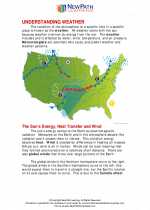
 Activity Lesson
Activity Lesson
 Worksheet/Answer key
Worksheet/Answer key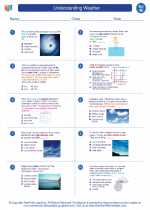
 Worksheet/Answer key
Worksheet/Answer key
 Worksheet/Answer key
Worksheet/Answer key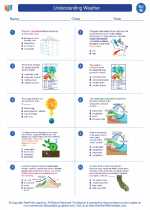
 Worksheet/Answer key
Worksheet/Answer key
 Vocabulary/Answer key
Vocabulary/Answer key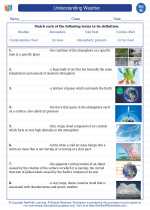
 Vocabulary/Answer key
Vocabulary/Answer key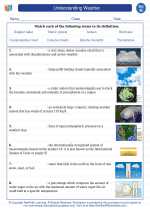
 Vocabulary/Answer key
Vocabulary/Answer key
